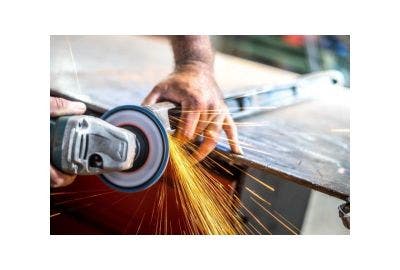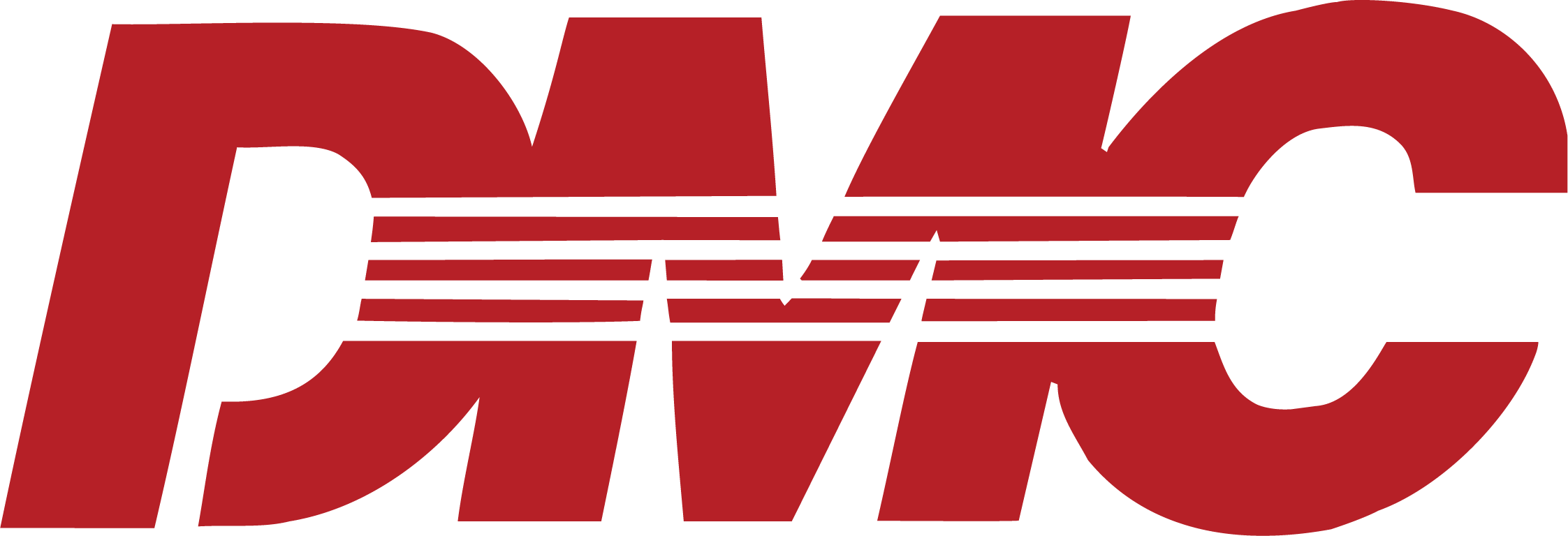Selecting the correct cutting disc is essential for ensuring both safety and efficiency when using power tools. For anyone working with materials like metal, stone or concrete, choosing the right disc can make a noticeable difference in achieving clean cuts and maintaining control. The variety of available discs means that finding the right match requires careful consideration of key factors: the type of material, disc size, thickness, compatibility, expected lifespan and cost.
This guide will walk you through these considerations to help you make the best choice for your tasks. For a comprehensive selection of cutting discs and accessories, take a look at our cutting discs to find options suited to your requirements.
Determine the Material to be Cut
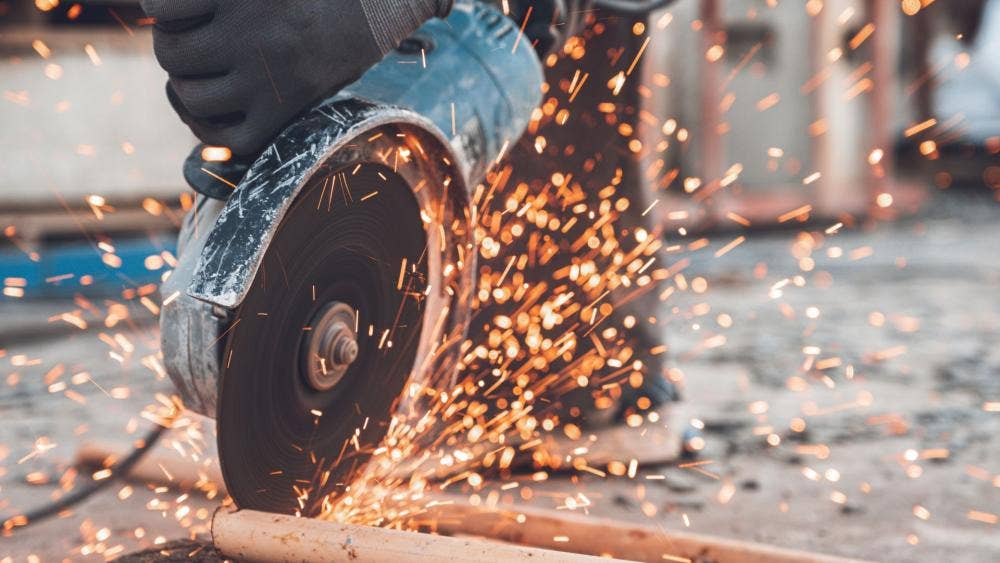
The type of material you’re working with plays a defining role in selecting the right cutting disc. Each material has specific requirements, and using an inappropriate disc can reduce effectiveness, increase wear, and even create safety hazards. Cutting discs are generally designed for specific materials—such as metal, stone, or concrete—and are made from materials suited to the task. For instance, discs for metal often use aluminium oxide, while discs for stone or masonry are typically made from silicon carbide.
When choosing a disc, look for labels or colour codes that indicate compatibility with certain materials. These markings help ensure that you’re using a disc optimised for the task, enhancing both safety and efficiency. Using a disc labelled for metal on concrete, for example, can lead to slower cuts, increased wear, and potential disc breakage. A well-matched disc will not only cut faster but also improve tool longevity.
For safety and performance, always verify the disc’s suitability for the material before beginning any work. This initial step reduces risks and supports a smooth, efficient cutting process.
Check Disc Size
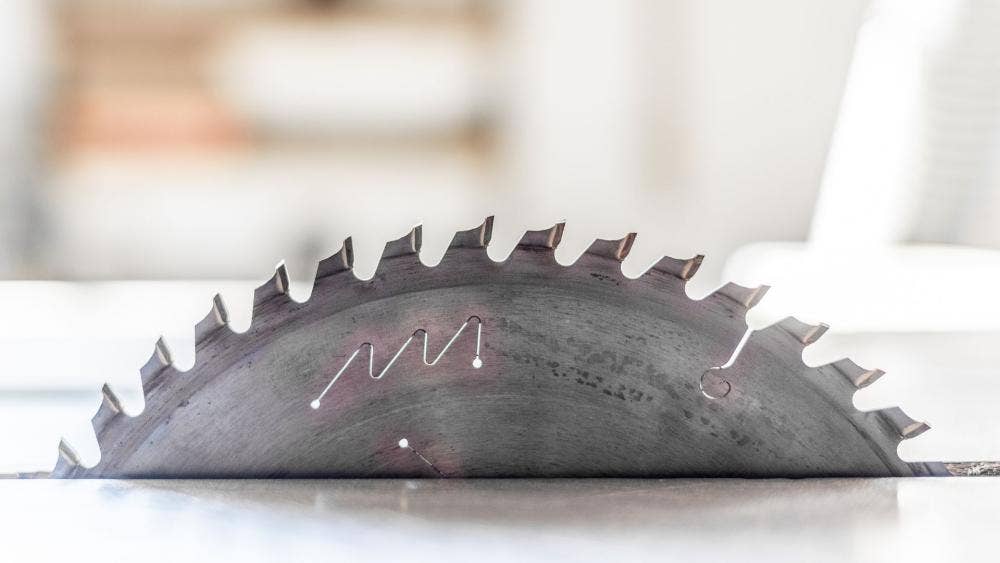
Selecting the correct disc size for your power tool is essential for maintaining both precision and safety during cuts. The size of the disc influences how deep it can cut, its speed and the level of control it offers. Larger discs allow for deeper cuts and are ideal for more substantial materials, while smaller discs provide greater control and precision, especially useful for detailed tasks.
Power tools like angle grinders, circular saws and cut-off machines typically have specific size recommendations for discs, often noted in the tool’s manual or on the tool itself. Using a disc that doesn’t match the tool’s specifications can lead to instability and performance issues. For instance, a disc that is too large for the tool can cause imbalances, increasing the risk of accidents, while a disc that is too small may fail to achieve the desired cut depth.
Before you start a task, confirm that the disc size aligns with your tool’s requirements. This not only prevents compatibility issues but also enhances cutting accuracy, ensuring that you work efficiently and safely.
Review Disc Thickness

The thickness of a cutting disc has a direct impact on its performance and suitability for different tasks. Thinner discs are generally preferred for precise, clean cuts, particularly in jobs where minimal material removal is needed. These discs are ideal for cutting through thin or delicate materials, providing a smooth finish with reduced resistance.
In contrast, thicker discs offer enhanced durability, making them better suited for heavy-duty tasks or for cutting through tougher materials. A thicker disc provides added stability, which helps prevent breakage under demanding conditions. This makes it an excellent choice for tasks that require sustained cutting or involve harder materials.
When selecting a disc thickness, consider the material’s hardness and the type of finish you aim to achieve. Balance the disc thickness with your power tool’s capabilities to avoid unnecessary wear. A disc that’s too thick may strain the tool, while a disc that’s too thin might not perform well on dense materials. Choosing the appropriate thickness will help ensure both the durability of the disc and the quality of the cut.
Check Compatibility

Ensuring that the cutting disc is compatible with your power tool is essential for both safety and effective performance. Incompatible discs can lead to inefficient cuts, damage to the tool or disc and even pose serious safety risks. To avoid these issues, there are a few key factors to check.
First, confirm that the arbor size of the disc matches that of your power tool. The arbor is the spindle on which the disc mounts, and an incorrect fit can cause the disc to wobble or fail to spin correctly, potentially leading to accidents or poor cutting results. Next, check the disc’s RPM (revolutions per minute) rating, which indicates the maximum safe operating speed. This rating should meet or exceed the power tool’s maximum speed. Using a disc with an insufficient RPM rating can lead to premature wear or even disc shattering.
For best results, refer to the manufacturer’s guidelines for both the disc and the power tool. These specifications provide vital information to ensure compatibility, helping you achieve smoother, safer cuts while also protecting your equipment.
Lifespan
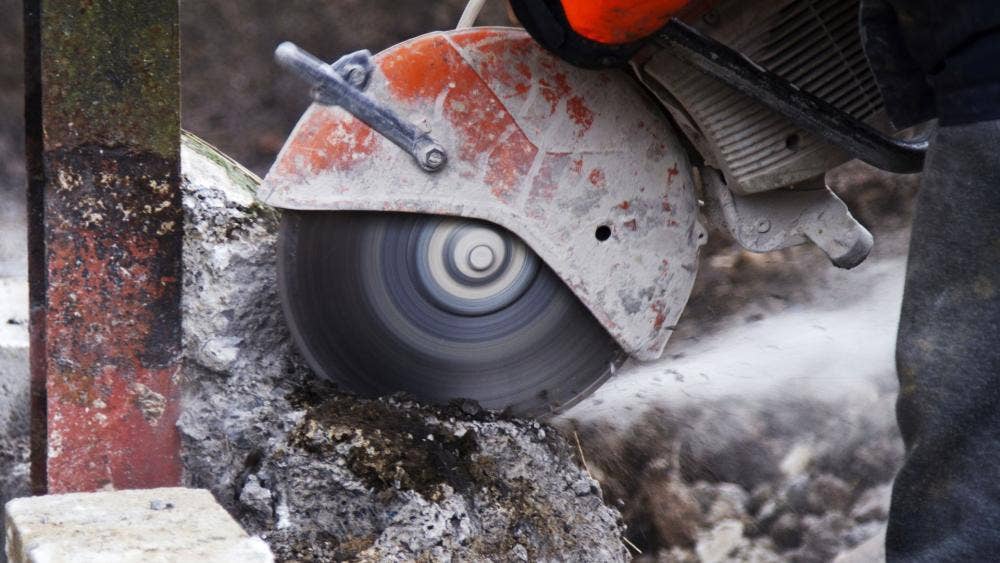
The lifespan of a cutting disc depends on several factors, including the material it’s made from, the type of material being cut and the frequency of use. High-quality discs are often constructed with superior materials designed to withstand more demanding tasks, offering longer durability compared to budget options. While these higher-grade discs may come with a higher initial cost, their longevity often makes them more economical over time, especially for frequent or heavy-duty use.
Proper usage and storage can also significantly impact disc lifespan. Avoid applying excessive pressure during cutting, as this can lead to premature wear or even cause the disc to break. Additionally, store discs in a cool, dry place, away from direct sunlight, to prevent warping or degradation.
When selecting a cutting disc, consider the expected frequency and intensity of use. A durable, high-quality disc can save time and replacement costs, especially for professionals who rely on consistent performance. By choosing a disc with a longer lifespan and maintaining it properly, you can achieve reliable results and reduce the need for frequent replacements.
Cost
When choosing a cutting disc, balancing cost with quality is a wise approach. While budget discs may appear cost-effective initially, they often wear out quickly, leading to frequent replacements and higher costs over time. Investing in a high-quality disc can provide better durability, efficiency and safety, making it a more economical choice for regular or demanding tasks.
In addition to longevity, consider the safety and performance benefits of a well-made disc. Quality discs are typically manufactured with materials that can withstand higher stress levels, reducing the likelihood of breakage during use. This added reliability is especially valuable for professionals who need consistent performance and want to avoid interruptions on the job.
When evaluating discs, look beyond the initial price tag and consider cost-effectiveness based on the disc’s lifespan and reliability. A quality disc, even at a higher price, can provide safer and more efficient cuts, making it a worthwhile investment for both occasional and regular users.
Choosing the right cutting disc for your power tool can make a significant difference in both the quality and safety of your work. By considering factors like the material you’ll be cutting, the appropriate disc size and thickness, and ensuring compatibility with your tool, you can achieve efficient, accurate results. Additionally, selecting a disc with a suitable lifespan and balancing cost with quality helps maintain performance and reduces long-term expenses.
A well-chosen disc not only improves efficiency but also safeguards your tools and enhances safety. Apply these guidelines when selecting your next cutting disc to ensure smooth, reliable results in all your projects.




